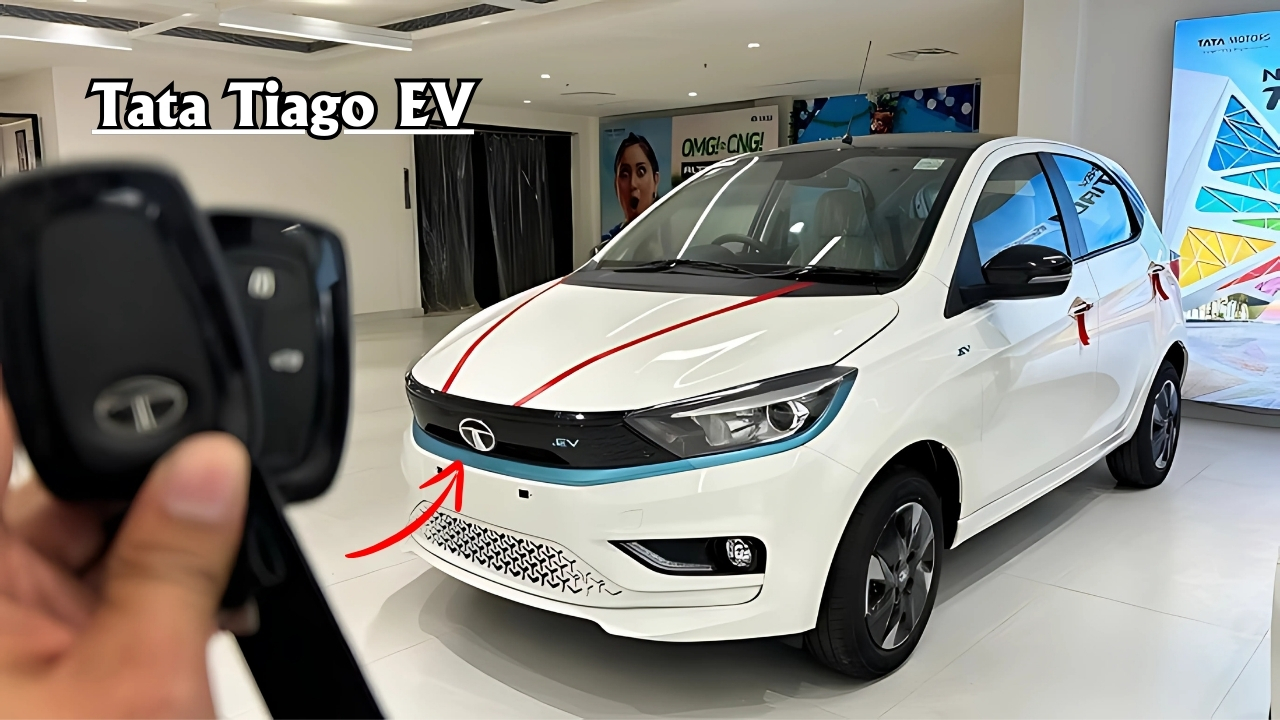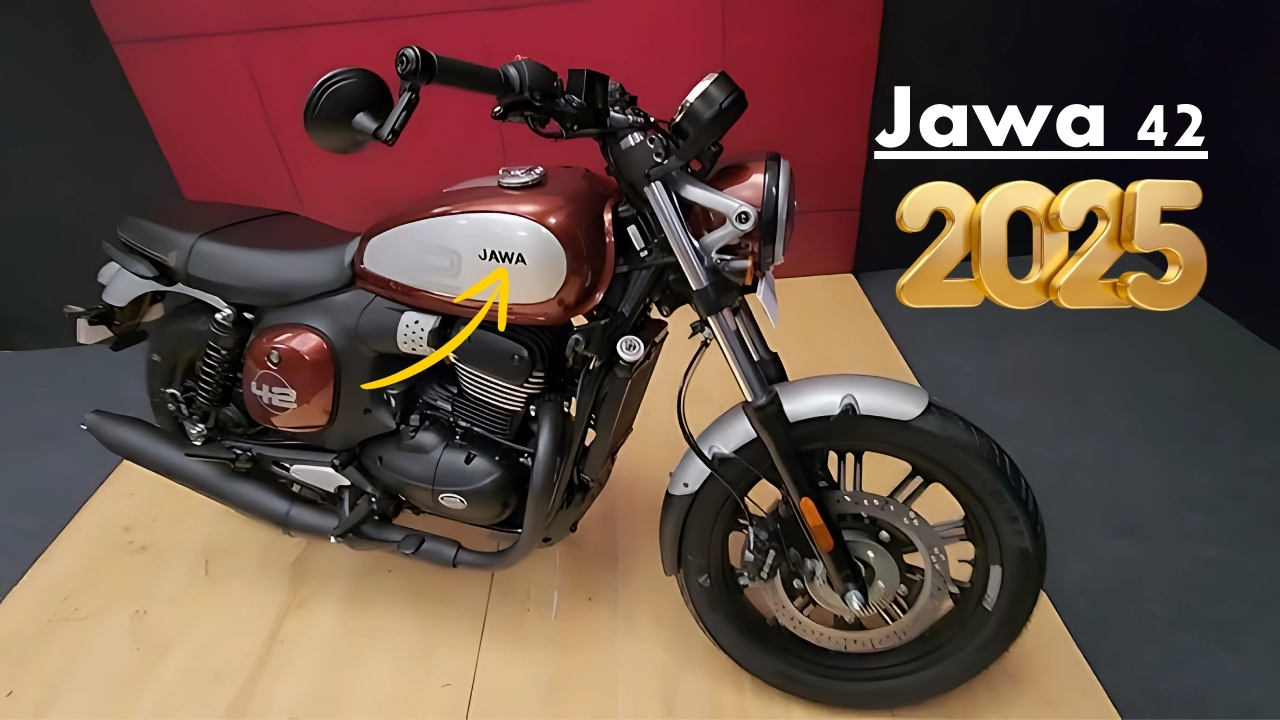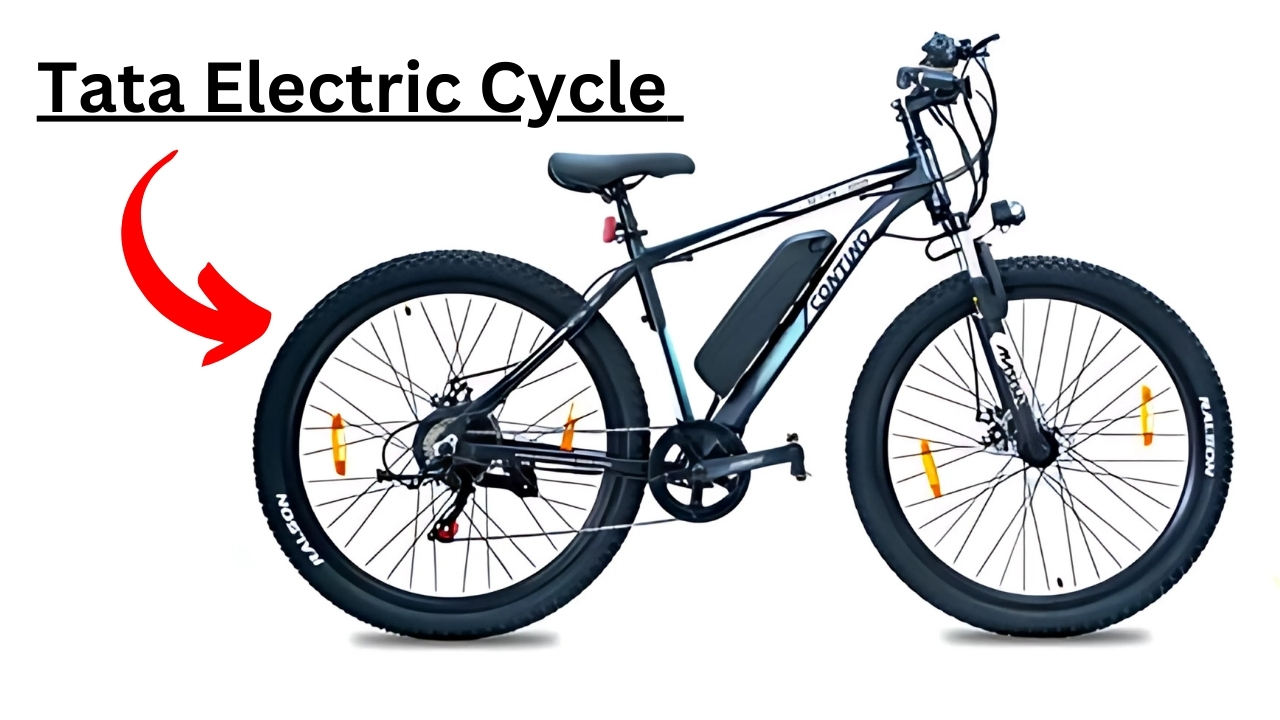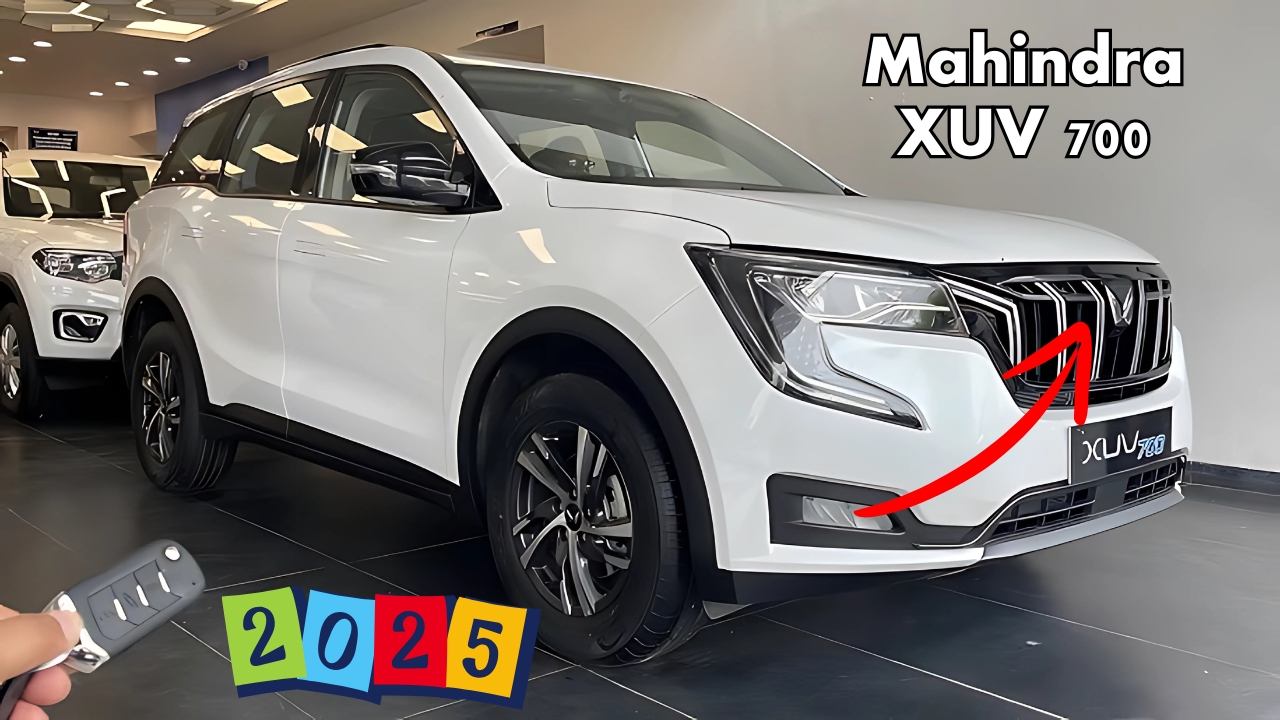Tata Tiago EV : Tata Motors has made a daring stride into the Indian automotive scene with the launch of the Tiago EV, an innovative electric vehicle that’s changing the game when it comes to affordability in the EV market.
This introduction represents a critical moment in India’s pursuit of sustainable transportation, making electric mobility feasible for a wider range of consumers.
The Tata Tiago EV shines as a beacon for budget-conscious buyers who have often found themselves excluded from the world of electric vehicles.
With a starting price of ₹8.69 lakh (ex-showroom), it dismantles the stereotype that EVs are solely for the wealthy.
This strategic pricing means that the Tiago EV appeals to first-time car owners and individuals aiming to switch from traditional fuel vehicles without stretching their budgets.
Market Positioning: Bridging the Gap
Tata Motors has wisely positioned the Tiago EV to close the gap between early adopters and the general market.
By providing an electric vehicle at a cost similar to many popular petrol-driven hatchbacks, Tata effectively fulfills the marketing strategy known as “crossing the chasm” by Geoffrey A. Moore.
The Tiago EV transcends mere affordability; it redefines perceptions. It powerfully communicates that electric mobility is no longer a luxury but a practical choice for the everyday Indian consumer.
This strategy is essential in a price-sensitive market like India, where value often outweighs brand prestige or cutting-edge tech.
Tata Tiago EV Features That Resonate with the Target Audience
Even at its competitive price point, the Tiago EV is packed with features. It boasts a range of 250-315 km on a single charge, making it perfect for daily urban jaunts as well as occasional longer excursions.
This range is particularly attractive for city dwellers who often struggle with range anxiety – a common barrier to EV adoption.
The vehicle comes equipped with features typically found in more premium models:
-
Connected car capabilities
-
Regenerative braking
-
Multiple driving options
-
Rapid charging abilities
These features not only enhance the vehicle’s value but also tackle frequent concerns regarding EV ownership, such as range and charging durations.
Targeting the Aspirational Middle Class
The Tiago EV is aimed deliberately at India’s growing middle class – a demographic that is becoming more eco-aware yet often constrained by financial limits.
By offering an affordable electric mobility solution, Tata exploits a vast market of aspirational buyers eager to embrace the EV movement without straining their finances.
This alignment with the Indian government’s electric mobility goals supports initiatives aimed at minimizing carbon emissions and reducing reliance on fossil fuels, all while fostering local manufacturing through the “Make in India” campaign.
Tata Tiago EV Comparative Advantage in the Market
In comparison to other models in the Tata EV lineup, the Tiago EV stands out for its affordability. It is considerably cheaper than the Tigor EV, previously the most budget-friendly EV in India at around ₹12.5 lakh.
This price gap is substantial enough to entice a new wave of buyers who once found EVs financially out of reach.
Within the broader EV landscape, the Tiago EV enjoys minimal direct competition at its price point. This gives Tata Motors a first-mover advantage, allowing them to solidify a significant market share before rivals can catch up.
Tata Tiago EV Overcoming Adoption Barriers
The Tiago EV’s launch tackles several major hurdles to electric vehicle adoption in India:
-
Initial Cost: By drastically lowering entry costs for EVs, Tata has made electric mobility a practical option for a larger audience.
-
Range Anxiety: With a range ideal for most urban travel, the Tiago EV eases concerns surrounding charge depletion during daily use.
-
Charging Infrastructure: While this remains an issue, the Tiago EV’s affordability allows more individuals to consider home charging solutions, lessening reliance on public stations.
-
Perception: Offering a fully-equipped EV at this price point is reshaping the belief that electric vehicles are inherently costly or impractical for regular use.
Tata Tiago EV Economic Benefits for Consumers
The Tiago EV’s financial appeal goes beyond its purchase price. Electric vehicles typically have noticeably lower operating costs compared to petrol vehicles. For those mindful of their budget, this translates into substantial savings over the life of the vehicle.
Consider these points:
-
Reduced cost per kilometer
-
Lower maintenance costs due to fewer moving parts
-
Possible government incentives and tax perks for EV purchasers
These aspects contribute to a decreased total cost of ownership, making the Tiago EV a financially sound choice for those on a tight budget.
Environmental Impact and Social Responsibility
While its affordability is a key advantage, the Tiago EV also caters to the rising environmental awareness among Indian consumers. It serves as a means for individuals to lower their carbon footprints without sacrificing mobility.
This sense of social responsibility resonates especially well with younger buyers who prioritize environmental issues in their purchasing decisions.
By opting for the Tiago EV, consumers can actively contribute to cleaner air and diminished urban pollution – pressing concerns in numerous Indian cities.
Challenges and Future Outlook
Despite its promising potential, the Tiago EV faces its share of challenges:
-
Charging Infrastructure: The limited availability of public charging facilities remains an issue, particularly for those without home charging access.
-
Battery Technology: As battery technology advances, there may be worries about the longevity and future relevance of current EV models.
-
Competition: While Tata currently leads in the affordable EV sector, they must anticipate rising competition as other brands enter the market.
Looking forward, the success of the Tiago EV could create pathways for more budget-friendly electric vehicles in India and prompt competitors to hasten their own EV development plans, resulting in a more varied and competitive electric vehicle marketplace.
Tata Tiago EV Conclusion: A Catalyst for Change
The Tata Tiago EV stands for much more than just an economical electric vehicle; it is a force for transformation in the Indian automotive landscape.
By enhancing the accessibility of electric mobility, Tata Motors is not merely expanding its market presence but also playing an essential role in a broader national initiative toward sustainable transport.
As India pursues its ambitious goals for electric vehicle integration and emission control, vehicles like the Tiago EV will be vital. They represent a connection between today and a future where electric vehicles are the standard rather than the exception.
The true success of the Tiago EV will be measured by its ability to persuade the everyday Indian consumer that electric vehicles are not just green options but also practical and financially viable.
If this goal is achieved, it could signify the dawn of a new chapter in Indian mobility – one that is cleaner, greener, and more accessible to everyone.
In essence, the Tata Tiago EV doesn’t merely aim to attract budget-conscious individuals; it seeks to transform the entire discussion surrounding electric mobility in India.
By making EVs affordable without compromising on quality or features, Tata Motors is democratizing electric transportation and laying the groundwork for a sustainable future in the automotive industry in India.






